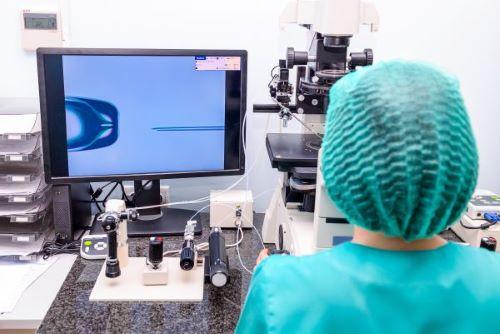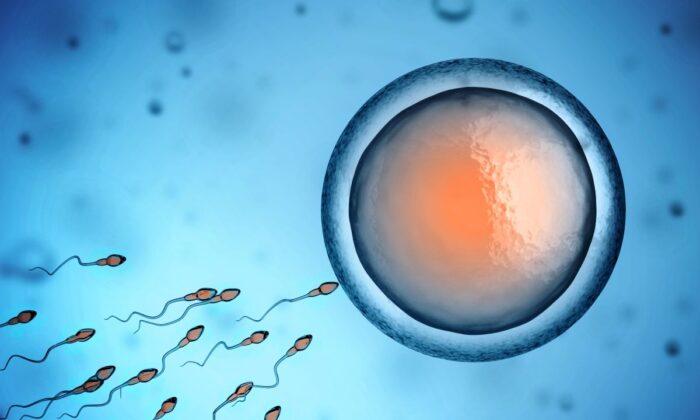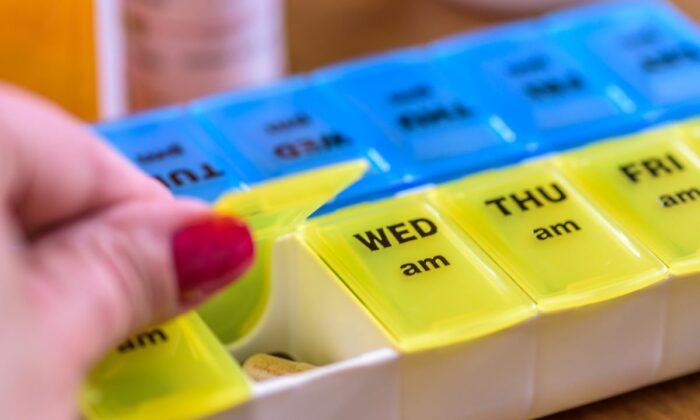A research team led by the University of Adelaide has helped develop a groundbreaking new device that significantly improves the efficiency of the only fertility treatment currently available for men with low sperm counts.
Created in partnership with medical tech company Fertilis, this first-of-its-kind device will enable more IVF (in vitro fertilisation) clinics to offer a treatment called Intracytoplasmic Sperm Injection (ICSI), a slow and difficult treatment that involves injecting a single sperm into an oocyte (egg) for fertilisation.
The new device, which is smaller than a pinhead, holds up to ten eggs in segregated positions, making for quicker injections, ease of tracking, and less chance of error.
“The development of this new, innovative approach is an important breakthrough for people wanting to start a family who haven’t been able to due to male infertility,” she said.
“By removing the need for the pipette that normally holds the unfertilised egg in position during ICSI, this device simplifies the injection process, reduces dependency on a high level of technical experience and will dramatically improve embryo production.”
She went on to say that the discovery removes significant barriers to treatment for people with infertility and will improve their chances of IVF success.
The ICSI procedure requires an experienced embryologist who uses a microscope equipped with dual manually controlled manipulators, one of which manipulates a holding pipette and the other an injection pipette.
This has to be done inside a confined microlitre volume, requiring the embryologist to consistently refocus and manipulate within the tiny space.
Due to this manually intensive procedure, fertilisation and implantation rates depend on the experience of the embryologist.
The new device makes the procedure far easier, meaning that embryologists with less experience can still achieve a high success rate.
The inventor of the device and Fertilis co-founder, Prof. Jeremy Thompson, is excited at the potential of bringing the breakthrough device into the marketplace.
“Where IVF science has excelled, technology has tended to stagnate—until now,” he said.
“ICSI hasn’t changed since its discovery 30 years ago. Continued innovation in the IVF lab like this is the only way we will boost success and reduce the financial and emotional burden for patients.”
Clinical trials of the device will begin in 2022.





